White berries may not be as flashy as their red or purple cousins, but their quiet beauty holds a unique charm. Against deep green foliage, clusters of pale, pearl-like fruits can make a garden or wild hedge look as if it’s dusted with snow — even in the heat of summer or the chill of autumn. Beyond their ornamental appeal, these berries often serve as an essential food source for birds and wildlife during the lean months of late summer, fall, and winter.
But there’s a catch: while some white berries are perfectly edible and even delicious, many are toxic to humans and should be admired rather than tasted. Knowing the difference is essential for foragers, gardeners, and anyone with curious children or pets.
In this guide, we’ll explore 13 remarkable plants that bear white berries — from edible delicacies and garden-worthy ornamentals to species best left untouched. Whether you’re seeking to enhance your landscape, support local wildlife, or simply expand your knowledge of the plant world, these pale gems have stories worth discovering.
1. White Strawberries / Pineberry
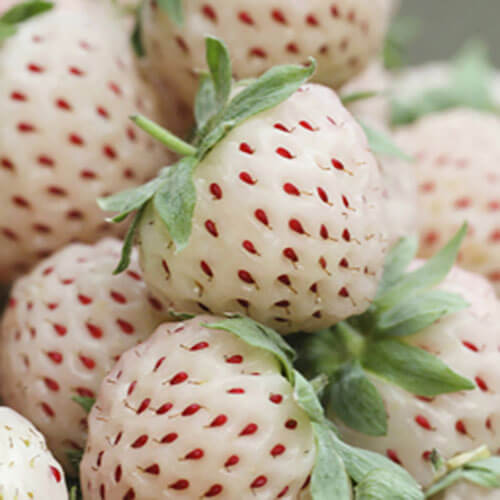
Pineberries look like a strawberry in reverse — white skin dotted with red seeds — but the flavor is more tropical, with hints of pineapple and citrus. They’re fully edible, cultivated rather than wild, and are a rare find outside specialty growers or farmers markets. Because their pale color doesn’t attract birds as much as red berries, they can be a stealth crop for home gardeners. For foragers, spotting them in the wild is unlikely, but knowing about them helps you identify cultivated varieties in community gardens or heritage farms.
2. White Currants
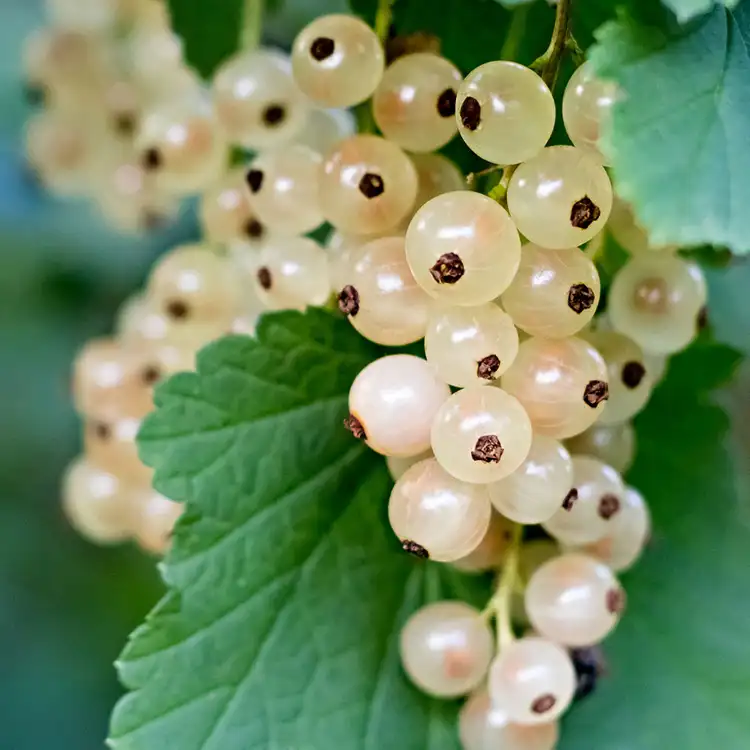
White currants are essentially a paler variety of red currants, but their flavor profile is gentler — sweet with a mild tartness. They grow in clusters on small shrubs and are rich in vitamin C. While rarely found in the wild outside their native and cultivated ranges in Europe, white currants can be grown in temperate gardens. For foragers, they’re easy to spot in summer: look for translucent pearl-like berries hanging in grape-like strings.
3. White Mulberries (Morus alba)
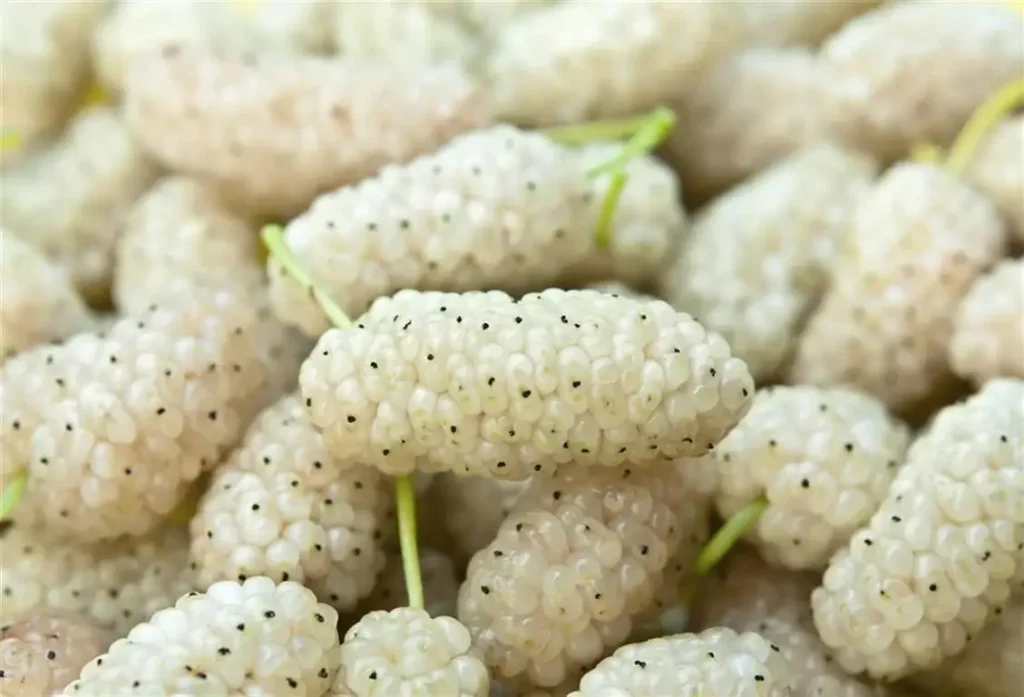
The white mulberry tree produces berries that range from pale green to creamy white when ripe, with a honey-sweet taste. Originally from China, they’ve naturalized in many parts of the world, especially in North America, where they’re considered invasive in some regions. The berries are an excellent fresh snack and can be dried for later use — a bonus for survivalists. Mulberry leaves are also edible (and famously feed silkworms).
4. White Elderberries
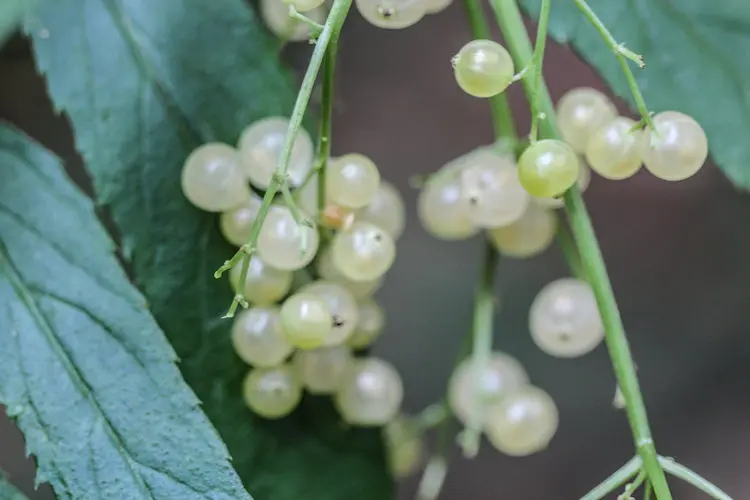
White elderberries are less common than their black or blue cousins. In some cultivars, the berries mature to an ivory or cream color. Elderberries should never be eaten raw, as they contain cyanogenic glycosides that can cause nausea; cooking neutralizes the toxin. Foragers who know how to prepare them can make syrups, wines, or medicinal tonics, but proper ID is critical since other toxic white berries look similar.
5. Snowberry
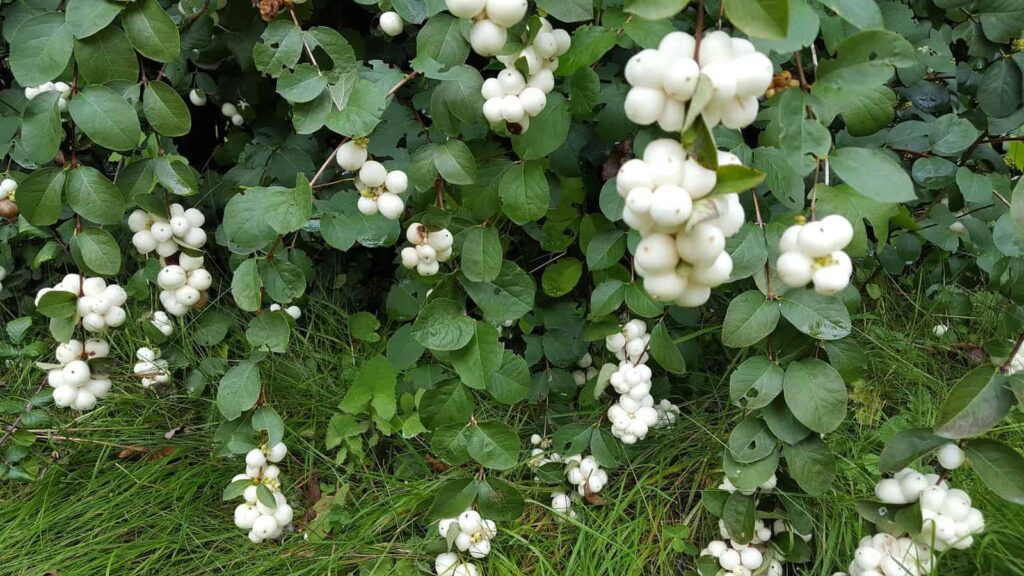
Snowberries are beloved in ornamental landscaping for their pure white, waxy fruits that persist into winter. Birds such as grouse and quail may eat them, but they’re toxic to humans and can cause vomiting or dizziness. For survivalists, snowberries are a “look but don’t touch” species — a visual marker that winter is near, but not a food source. They grow in thickets, often in open woodlands and along streams in North America.
6. Nandina domestica ‘Leucocarpa’
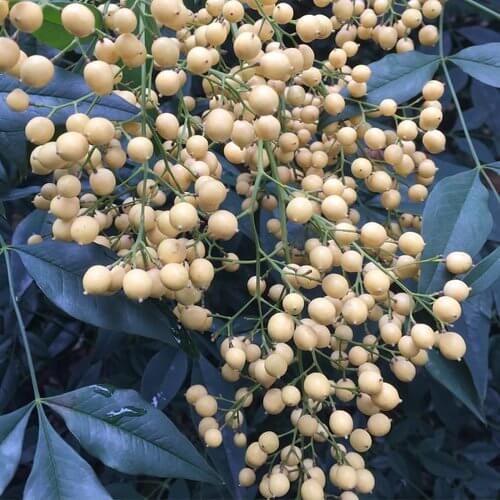
Also called heavenly bamboo, this variety produces white berries instead of the typical red. While striking in winter gardens, all parts of the plant — including the berries — are toxic due to cyanogenic compounds. Birds can tolerate them, but foragers should admire only. The plant thrives in temperate to subtropical climates and is often used in ornamental hedges.
7. Siberian Dogwood Berries (Cornus alba)
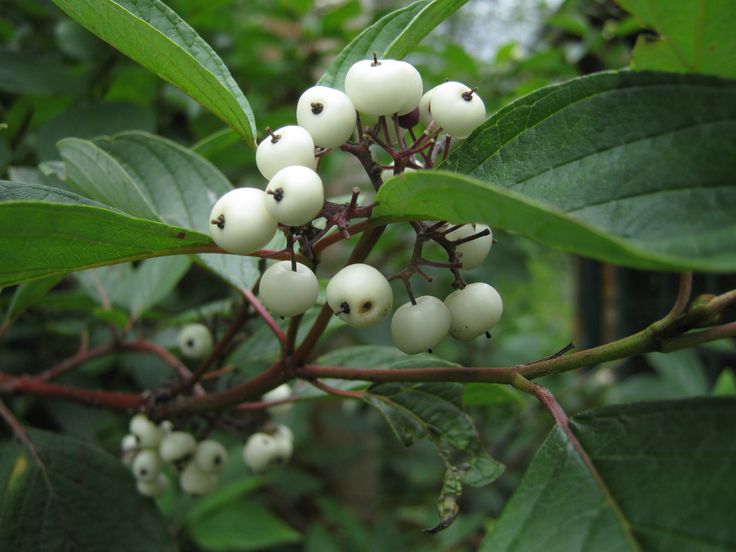
Better known for its vivid red winter stems, Siberian dogwood can also produce creamy white berries in late summer. These fruits are mildly toxic to humans, though they’re eaten by many bird species. For foragers, Siberian dogwood is more of a seasonal landmark than a pantry item, often marking damp ground or the edge of a wetland.
8. Callicarpa dichotoma ‘Albifructus’ (White Beautyberry)
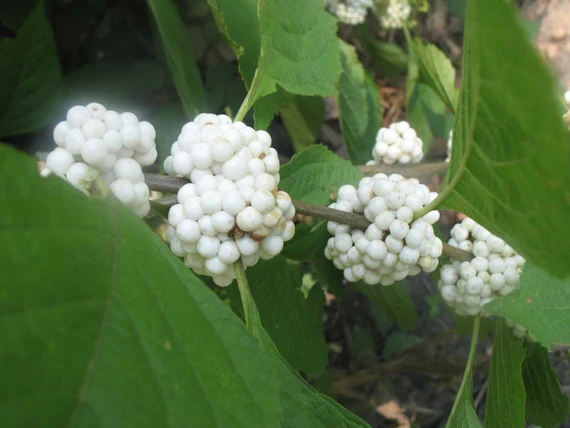
A cousin to the famous purple beautyberry, the white variety is rarer and highly ornamental. Clusters of milky-white berries cling to the branches well into winter, feeding birds when other food sources are scarce. While purple beautyberries are sometimes made into jelly, white forms are generally grown for appearance and wildlife, not for eating.
9. White Baneberries (Actaea pachypoda, “Doll’s Eyes”)
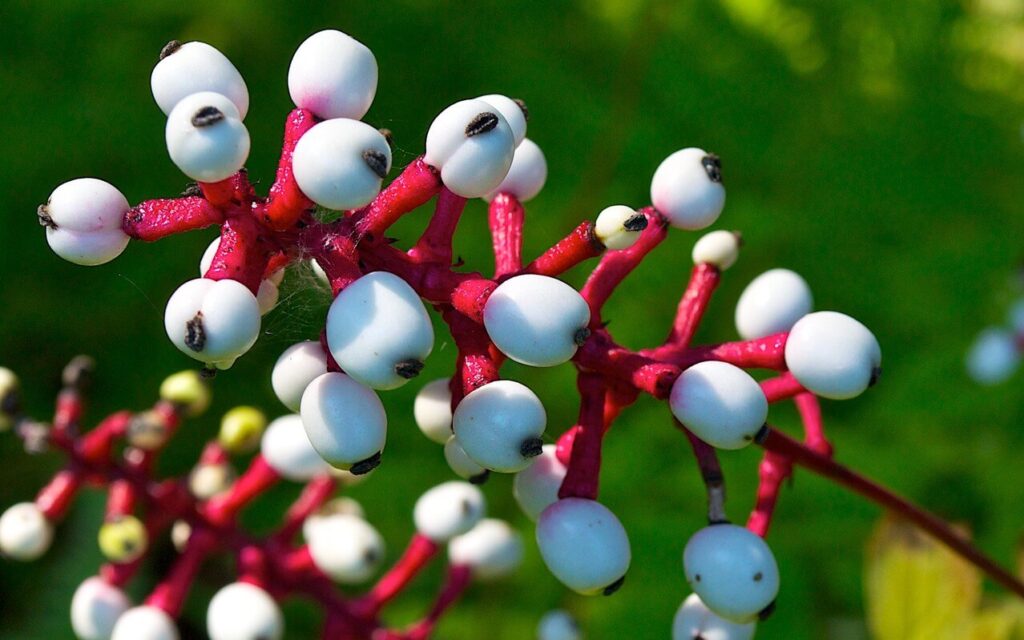
Easily one of the most striking — and toxic — white berries. White baneberries grow in shady woodlands of North America and are instantly recognizable by their porcelain-white fruits with a single dark “pupil,” giving them the nickname “doll’s eyes.” Even a small amount is poisonous to humans, affecting the heart muscle. Foragers should give them a wide berth, but note their presence as an indicator of rich, moist forest soil.
10. Mistletoe Berries (Viscum album, Phoradendron spp.)
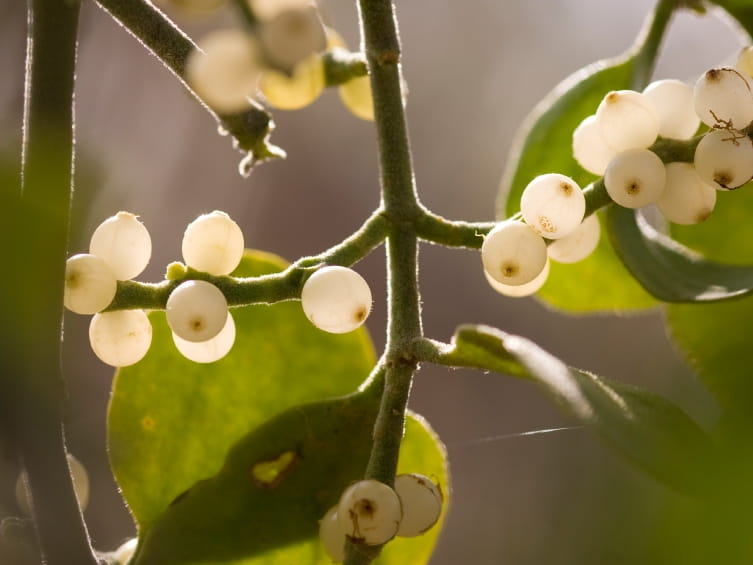
Mistletoe berries are translucent white and grow in clusters high in host trees. All parts are toxic to humans, though some species are used in carefully prepared traditional medicines. For survivalists, mistletoe is not a food source but can be an important winter observation, as birds such as waxwings rely on the berries for sustenance.
11. Northern Bayberry (Myrica pensylvanica)
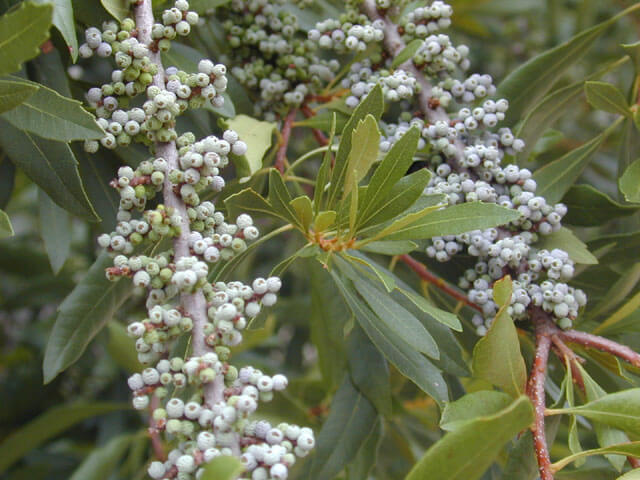
Bayberry shrubs produce small, pale-gray to white waxy berries. They’re not eaten fresh but have been historically boiled to extract wax for candles — a valuable skill for traditional survivalists. They grow in coastal areas and sandy soils, often forming dense thickets that also provide wildlife habitat.
12. Midgen Berry (Austromyrtus dulcis)
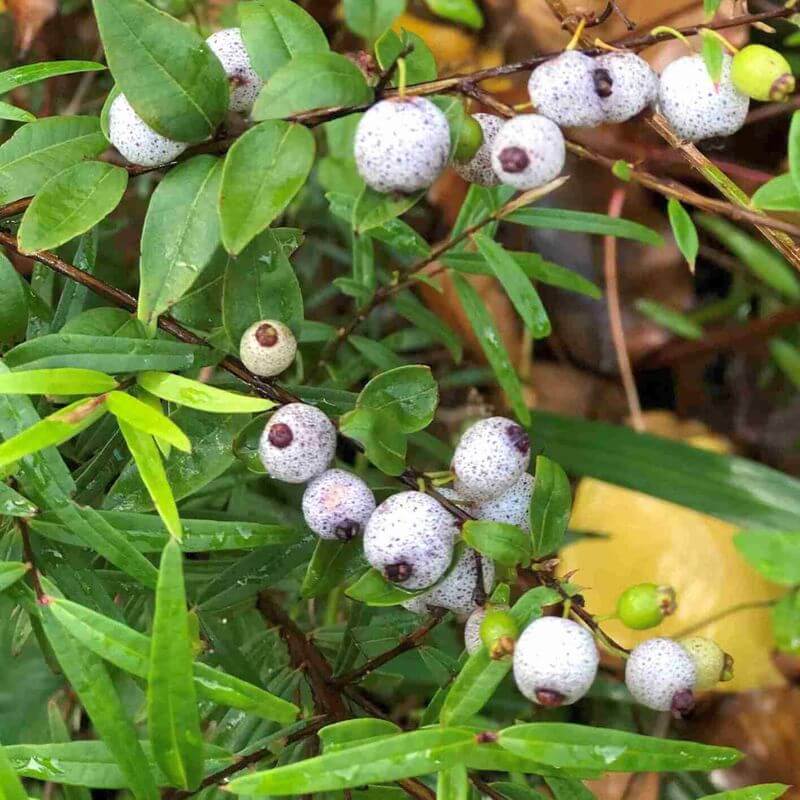
Native to coastal Australia, midgen berries are edible and delicious, with a sweet-tart flavor and soft white flesh flecked with purple spots. They grow on low shrubs and can be eaten fresh or made into jams. Foragers value them for their taste and abundance in sandy or coastal bushland.
13. Kashmir Rowan (Sorbus cashmiriana)
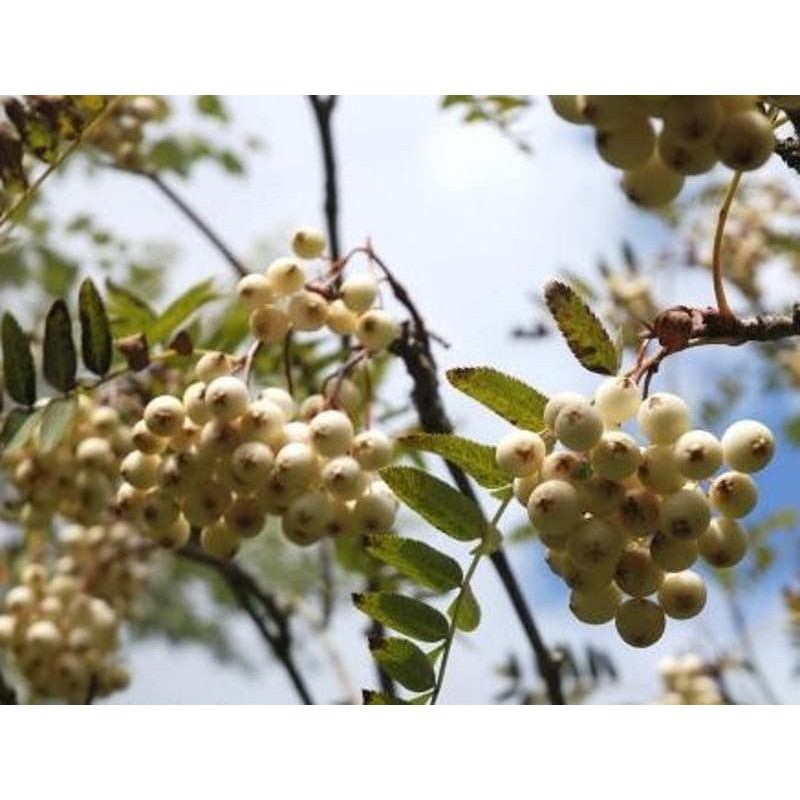
A small ornamental tree from the Himalayas, Kashmir rowan bears clusters of large, pearly white berries that last into winter. While not considered palatable for humans due to their bitter taste, they are a vital winter food for birds. The tree’s showy spring blossoms and decorative fruit make it a popular choice in colder gardens.
